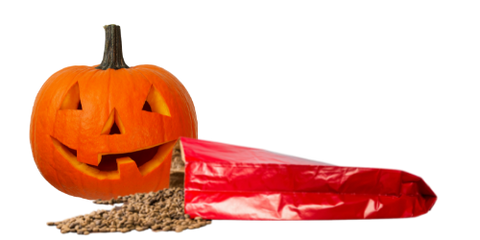Sizing for Babies & Toddlers
Use this Chart to Order the Right Size for the Baby or Toddler on Your Mind and in Your Heart.
Allowing for exceptions, most early physical human growth falls within a predictable pattern. In other words, all babies reach these benchmarks, and most do it within the ranges indicated on this chart.

This chart corresponds with Canadian national averages, as reported by national and international organizations including the Canadian Paediatric Society, Canadian Paediatric Endocrine Group, College of Family Physicians of Canada, Community Health Nurses of Canada, Dietitians of Canada, US National Center for Health Statistics, and the World Health Organization.
These numbers are not ideals. They represent the length and weight of the largest "average infant" we see being wheeled around or toddling along at shopping malls, play groups, and pre-schools across Canada. This doesn't mean that the sizes are big, rather that babies or toddlers up to that maximum won't grow out of it in two minutes.
Is it Bigger than a Breadbox?
Of course, it's preferable to rely on better data like length and/or weight than only age. It's fairly easy to guess the length and weight of a baby by looking at them and/or picking them up.
Count the length of a baby or the height of a toddler using your hand-span, or some other convenient reference.

Use the memory of carrying something like a watermelon or a pumpkin to judge an infant's weight. These items typically weigh from five pounds (11kg) in their mini version (like a newborn) to a bragging-rights-size of over thirty pounds (14kg), like a 2-year-old. A 3-year-old weighs about the same as a forty-pound (18kg) sack of cat or dog food. Weighing the mini-melon and the dog food together comes to the maximum size of most 4-year-olds, forty-five pounds.

